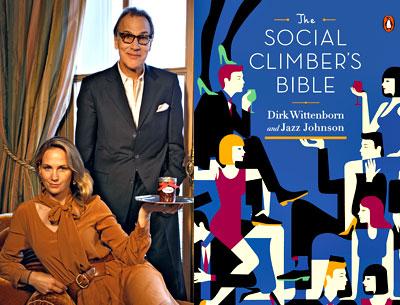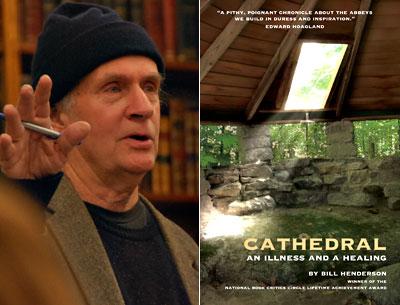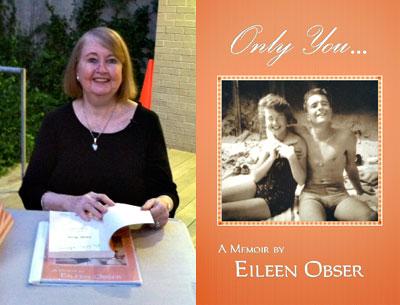Book Markers: 12.04.14
Book Markers: 12.04.14
Return of the Lit Lunch
There’s no shortage of writers in Sag Harbor, but there’s only one restaurant that can creditably claim to be the linchpin establishment that turned around what circa 1970 was a half-decrepit village — the American Hotel, which is where the Friends of the John Jermain Memorial Library will host this year’s fund-raising authors lunch at noon on Sunday.
The Harborite authors? James McMullan, the illustrator recently out with “Leaving China: An Artist Paints His World War II Childhood,” and Susan Scarf Merrell, whose new book, “Shirley: A Novel,” follows the ever-offbeat Shirley Jackson and her psychologically complicated year with a young grad school couple in Bennington, Vt., in the early 1960s. The lunch costs $50.
Brutality at a Beach House
Paul Batista, a trial lawyer, commentator on cable news shows, and expert on the anti-racketeering RICO statute, also happens to “write what he knows” — about crime and its prosecution. Case in point: his latest, “The Borzoi Killings,” which the, yes, Sag Harbor author has set in East Hampton, where, the story goes, one of the world’s richest men is murdered in his beach house. When a Mexican immigrant is the victim of a rush to judgment, it’s a trial attorney, Raquel Rematti, to the rescue.
But in the meantime, Mr. Batista will read from the thriller on Saturday at 5 p.m. at Canio’s Books in Sag Harbor.
Hey, That Book Should Be a Movie!
Juliet Blake, a movie producer and summertime Amagansett resident, will give a primer on what — beyond sheer chutzpah — it takes to get a beloved book made into a feature film when she visits the BookHampton shop in East Hampton on Saturday. The title was Richard C. Morais’s “The Hundred-Foot Journey,” which Ms. Blake shopped around to Oprah Winfrey, Steven Spielberg, and Helen Mirren until the long-shot green light was given, with all three heavyweights involved in the production. She’ll tell the tale starting at 7 p.m.




